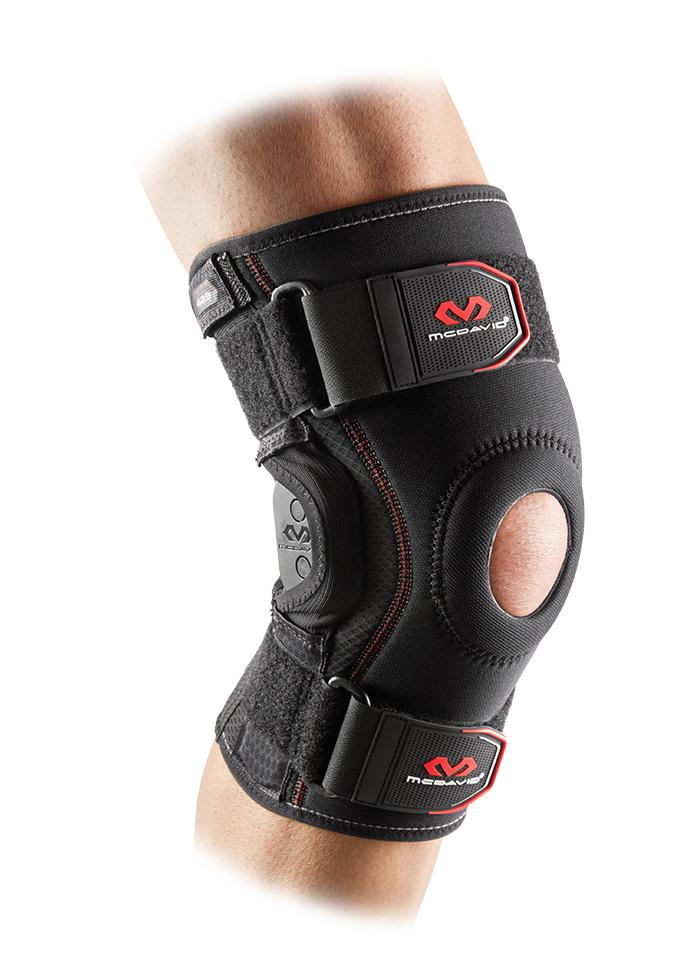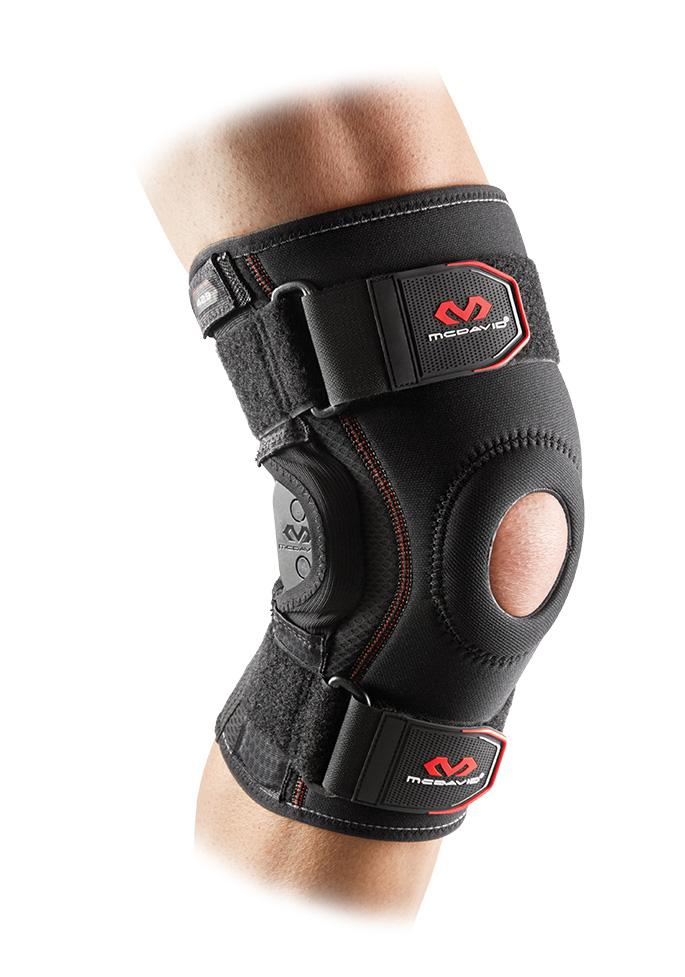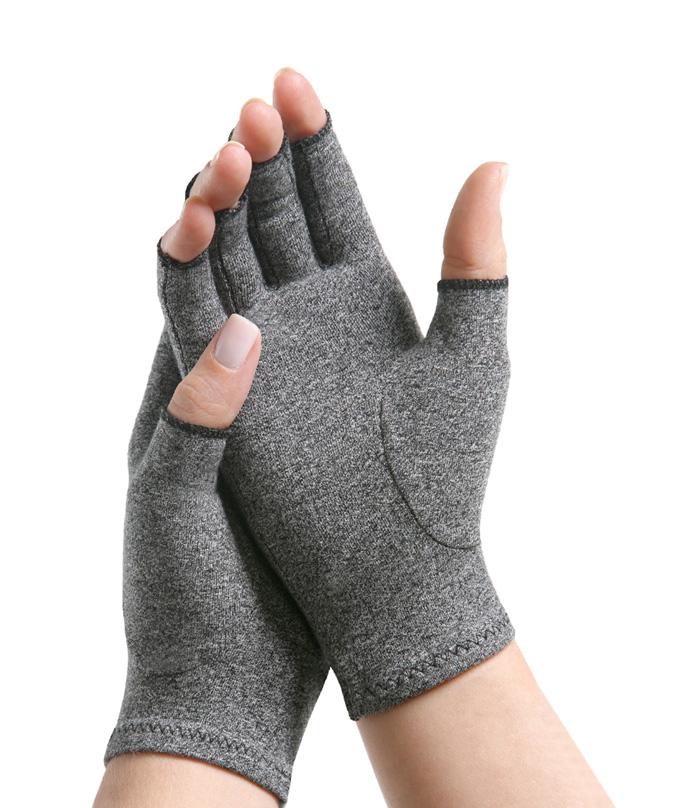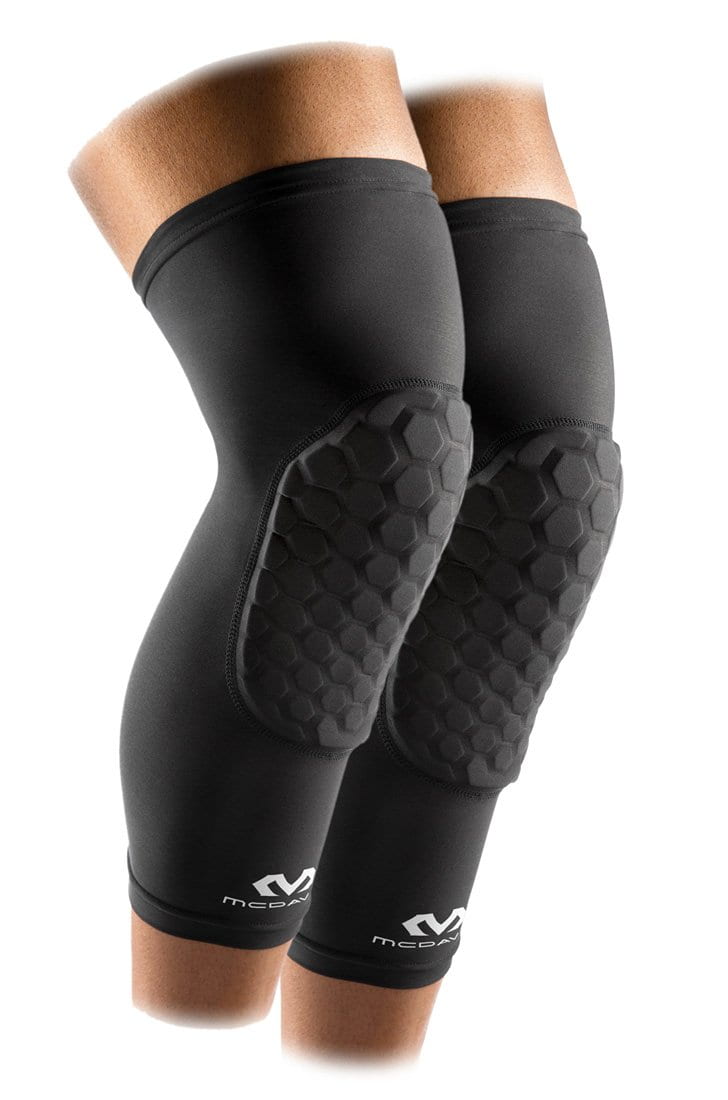What Is Patellar Tracking Disorder? Causes, Symptoms & Treatment Options
Patellar tracking disorder is a condition which occurs when your patella (kneecap) moves out of its original place when the leg straightens or bends.
Most often, the patella shifts excessively towards the outside of your leg, however, in some cases; it may shift toward the inside too.
Your knee joint is a hinge which connects the tibia and fibula of your leg with your femur. The kneecap is held in its natural position via ligaments on its sides and tendons on its top. In the underside of the kneecap, a layer of cartilage helps the patella glide along the groove situated at the end of your femur.
The patella can rotate or shift off its natural position if the cartilage underneath it is damaged or the groove of the femur is too shallow. Misalignment of the patella can result from tendons, muscles or ligaments that are too tight or too loose.
Causes
A patellar tracking disorder is not just one problem, but a collection of many. At times, the cause may be the shape of the patella or the cartilage may be damaged. Problems may also be associated with tight or loose tendons, muscles or ligaments of the hip areas, leg or foot. Overuse and overtraining can also result in patellar tracking disorder.
Patellar tracking disorder can also occur due to trauma, such as a severe blow to the inside of the knee, knocking the patella out of its natural alignment. In extreme cases, the patella can also get dislocated. If you suspect a dislocated patella, watch out for symptoms such as knee swelling, severe pain, inability to straighten or bend the knee and a misshapen kneecap.
Risk factors
Patellar tracking disorder may run in the family. However, there are certain risk factors you can control as well, some of which include:
- Improper footwear
- Being overweight
- Right tendons, ligaments and muscles
- Weak quads
- The outer region of your thighs are stronger than the inner thighs
- Improper form or techniques while working out or during sports activities
- Sports which require excessive knee bending, jumping or squatting
- Running, especially on the hills
Risk factors you cannot control include:
- Having a family history of knee issues
- A previous incident of kneecap dislocation
- Abnormalities of the knee such as shallow femoral groove, a flat or small patella, a patella tendon that is too long or knock-knees
- Previous knee surgery
- Cartilage damage
- Poorly healed injury of the knee, leg, foot or hip
Signs and symptoms of Patellar Tracking Disorder
![]() Misalignment of the kneecap may result in pain and discomfort, especially when you sit for prolonged periods, squat, stand up from a seated position or walk down the stairs. This pain is also termed as patellofemoral pain, which can be caused by a patella tracking disorder.
Misalignment of the kneecap may result in pain and discomfort, especially when you sit for prolonged periods, squat, stand up from a seated position or walk down the stairs. This pain is also termed as patellofemoral pain, which can be caused by a patella tracking disorder.
A popping sensation, slipping, catching or grinding of the kneecap are common symptoms of patellar tracking disorder when you straighten or bend your leg. It may feel as if your knee is giving away as though you can’t support your body weight with your knee anymore.
However, even though patellar tracking may cause knee pain, knee pain doesn’t necessarily indicate a patellar tracking disorder in all cases. If you experience pain while standing up from a seated position, squatting or going down the stairs, you probably have patellar tracking disorder.
Seek immediate medical attention if you experience severe knee pain or if you suspect you may have dislocated your knee.
Treatment Options For Patellar Tracking Disorder
Conventional home treatments are only considered if signs and symptoms do not include any swelling, giving away, severe pain or dislocation. If symptoms aren’t severe, rest from activities that cause pain such as kneeling, squatting, jumping, running or sitting for too long. Apply ice to the affected knee to alleviate pain and swelling. Over the counter pain medication can also help reduce pain.
You may also use a knee support for support and aid such as the Body Assist Patella Stabilizer
As pain decreases, strengthening and stretching exercises of the thigh muscles may improve the stability of the kneecap. Your physiotherapist or doctor will create a suitable exercise plan suitable for your condition.
Surgery may be required in some cases to realign the misplaced kneecap. However, usually nonsurgical treatments are sufficient to treat patellar tracking disorder. Generally, the longer you’ve had the problem, the longer it is going to take to treat or cure it.
Photo credit: (c) Can Stock Photo
Image Re-Use
You are allowed to re-use the image with the BodyHeal.com.au logo on your website or any online publication as long as the proper creditation is given to BodyHeal.com.au. You can link back to our homepage, https://www.bodyheal.com.au/ or this article at https://www.bodyheal.com.au/blog/patellar-tracking-disorder-causes-symptoms-treatment-options






Hi Steven, it could be… but something like that is more likely to cause a sprain of the other ligaments. For a proper diagnosis you will need to see a physiotherapist or doctor.
Can a Patella tracking injury be caused by carrying a heavy box and badly twisting the knee ? Thank you
Leave a comment